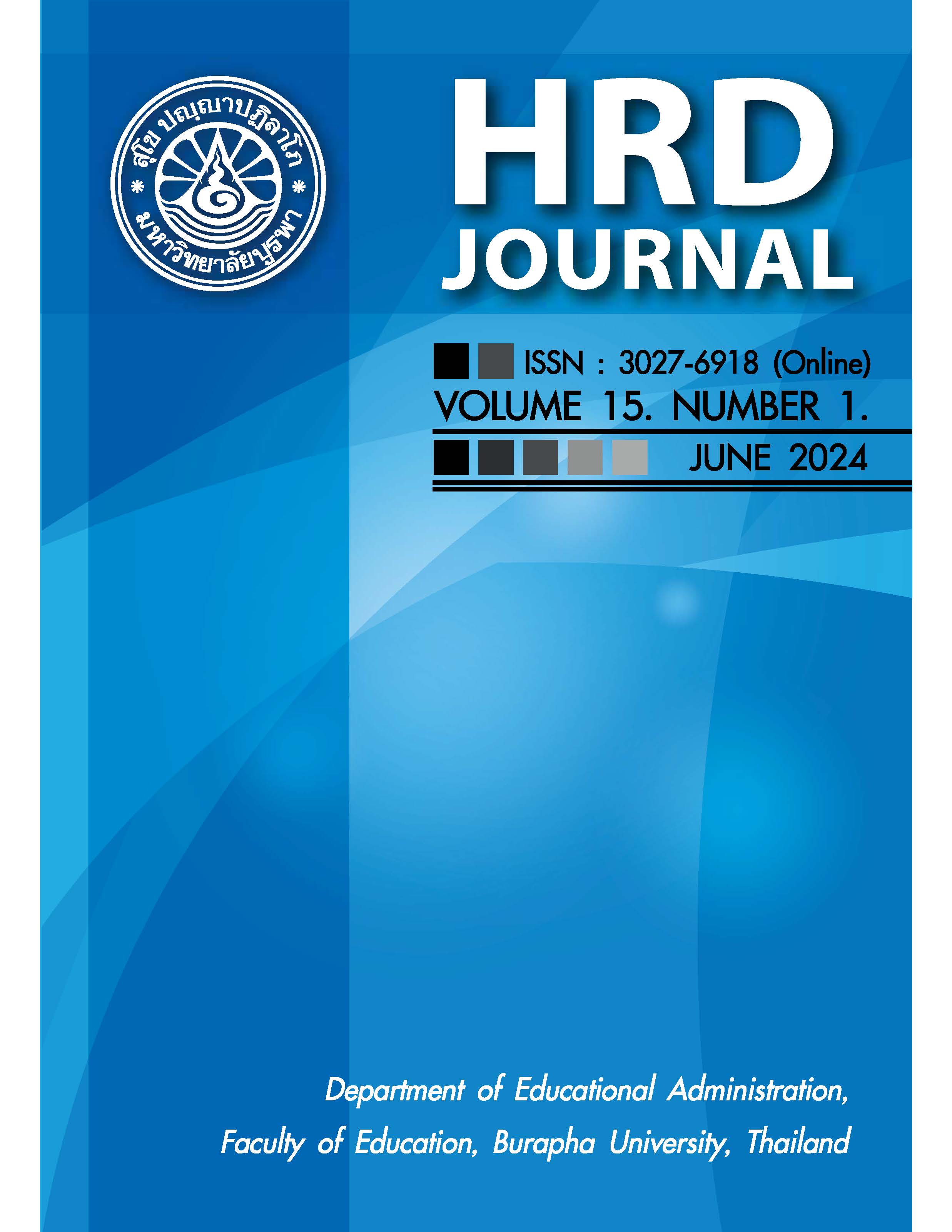Attract Employees with Employer Branding Strategies for Competitive Advantage
Keywords:
Attractive, Employer Branding , Competitive advantageAbstract
In an era of intensifying competition for talented people, building a strong employer brand has become an important strategy for various organizations. Strong employer branding enables organizations to attract and retain talented employees, increase work efficiency, create a good image, and reduce recruiting costs, ultimately creating a competitive advantage. The main objective of this article is to present issues related to Employer Branding Strategy. The first part presents concepts and theories of employer branding. The second part discusses the importance of employer branding. The third part presents strategies for building employer brands through Barrow & Mosley's 12-dimensional Employer Brand Mix concept. The fourth part covers Employer Branding Techniques, and the last part provides an example of an organization that has created a strong employer brand.
From the presentation, the author concludes that employer branding helps organizations differentiate themselves and stand out from others, attracting the "right" people to become members of the organization and be part of its success. By creating positive experiences that create a clear image of the organization for past, present, and future employees, employer branding fosters trust, reliance, and a strong organizational identity, ultimately leading to a competitive advantage.
References
ดนัย เทียนพุฒ. (2545). การออกแบบและพัฒนาความรู้ในองค์การโดยมืออาชีพเพื่อมืออาชีพ. กรุงเทพมหานคร: นาโกตา.
พจน์ ใจชาญสุขกิจ. (2550). CEO PR & IMAGE: ยุทธวิธีการสร้างภาพลักษณ์ผู้บริหารด้วยการจัดการสื่อสารและประชาสัมพันธ์. กรุงเทพมหานคร: ฐานมีเดีย เน็ตเวิร์ค.
วิริยาภา พุทธสัมฤทธิ์. (2561). การสร้างและพัฒนาภาพลักษณ์องค์การ (Employer Branding) เพื่อจูงใจและรักษาทรัพยากรบุคคลของบริษัทเอ็ทน่า ประกันสุขภาพ (ประเทศไทย) จำกัด (มหาชน). สารนิพนธ์ ปริญญาการจัดการมหาบัณฑิต, วิทยาลัยการจัดการ, มหาวิทยาลัยมหิดล.
Adecco Thailand. (2023). Employer Branding กลยุทธ์สร้างองค์กรให้เป็นที่จดจำในสายตาผู้สมัคร.
สืบค้นจาก https://adecco.co.th/th/knowledge-center/detail/hr-insight/employer-branding
Backhaus, K., & Tikoo, S. (2004). Conceptualizing and researching employer branding. Career Development International, 9(5), 501-517.
Balmer, J., & Gray, E. R. (1998). Managing corporate image and corporate reputation. Long Range Planning, 31(5), 695-702.
Barrow, S. (2007). The future of employer branding and HR? Employer branding: the latest fad or the future for HR?. Chartered Institute of Personnel and Development (CIPD) Guide, 12-14.
Gibson, J.W. & Hodgetts, R.M. (1991). Organizational Communication: A managerial Perspective. New York: Harper Collins.
Keller, K. L. (2016). การจัดการแบรนด์เชิงกลยุทธ์: การสร้าง การวัดผล และการจัดการมูลค่าแบรนด์
(พิมพ์ครั้งที่ 2). กรุงเทพฯ: Pearson Education.
Kotler, P., Kartajaya, H., & Setiawan, I. (2020). การตลาด 4.0: เปลี่ยนจากแบบดั้งเดิมสู่ดิจิทัล. กรุงเทพฯ: Pearson Education.
Likert, R., & Likert, J. G. (1976). New Ways of Managing Conflict. New York: McGraw-Hill.
Workventure. (2023). 5 บริษัท ที่ประสบความสำเร็จในการสร้าง Employer Branding. สืบค้นจาก https://www.workventure.com/blog/5-
Downloads
Published
How to Cite
Issue
Section
License
Copyright (c) 2024 Department of Educational Administation, Faculty of Education, Burapha University

This work is licensed under a Creative Commons Attribution-NonCommercial-NoDerivatives 4.0 International License.
Copyright@HRD Journal, Burapha University






